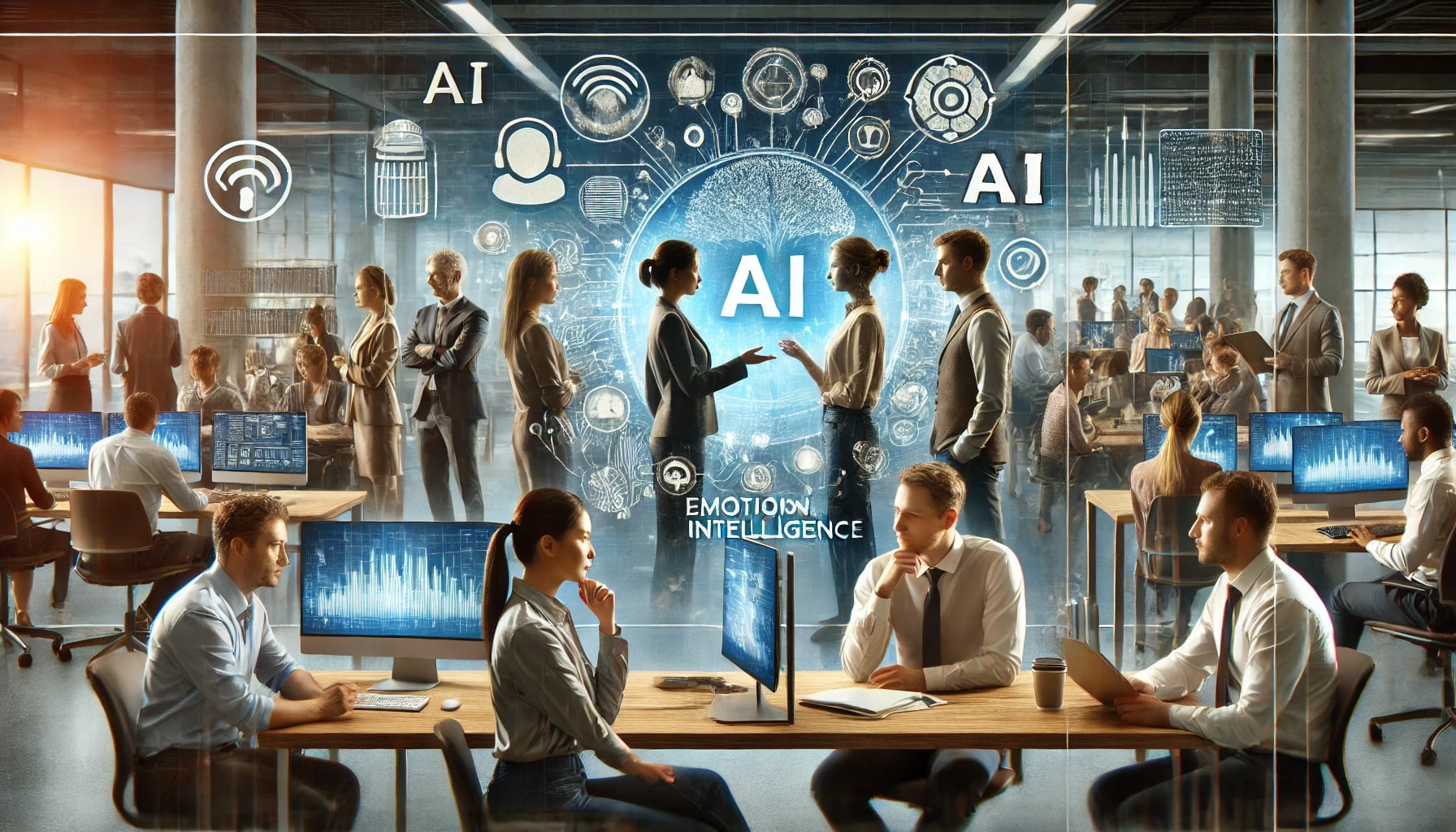
The field of corporate communication has been significantly impacted by artificial intelligence (AI), an ever-evolving technology that continues to shape various industries. With its promise of increased productivity, personalized experiences, and simplified automation of repetitive tasks, AI has changed the game. However, despite these remarkable benefits, there are certain limitations when it comes to integrating AI into corporate communication strategies.
This article takes you deep into the heart of AI, its limitations, and its advantages.
Lack of Emotion and Empathy:
One of the primary limitations of AI in corporate communication lies in its inability to understand and express human emotions. AI systems are based on algorithms and statistical models that analyze data to generate responses. They may lack emotional subtlety and cannot feel or understand human emotions, which are essential in communication, particularly during delicate or conflictual situations.
Ignored Nonverbal Communication:
While ChatGPT interacts naturally in written discussions and Google Bard, recently released on the market, even goes so far as to address the user informally, fostering a sense of closeness, a significant portion of human communication remains nonverbal, such as facial expressions, gestures, and body language. AI primarily focuses on natural language processing (NLP) and may struggle to interpret these nonverbal cues, leading to misunderstandings and ineffective communication in certain contexts.
Linguistic and Cultural Limitations:
Communication AI systems are often designed to understand one or several specific languages, limiting their ability to interact with people from different cultures and speaking less common languages. Not to mention the difficulty in understanding the customs and traditions of various cultures. This can result in biased and inadequate communication, excluding certain audiences and thus limiting the global reach of the company.
Lack of Creativity and Spontaneity:
While AI can produce accurate and consistent responses based on learned patterns, it can lack the creativity and spontaneity inherent in human interactions. Human interactions are often unpredictable and adapt to unique situations, while AI is confined to the patterns it has learned from existing data.
It’s also worth noting its complete lack of understanding when it comes to humor and sarcasm, for instance.
Reliability and Data Accuracy:
AI heavily relies on the dataset used for its training. If the data is biased or erroneous, the responses generated by AI can be inaccurate, even problematic. Companies must exercise caution in selecting and processing data to ensure that AI systems provide accurate and relevant information.
Confidentiality and Data Security:
The use of AI in corporate communication often involves the collection and analysis of large amounts of data, including sensitive information about customers and employees, as well as the company’s operations and trade secrets, for example. This raises concerns about data privacy and security, as cyberattacks and data breaches could have severe consequences for the company and its stakeholders.
Dehumanization of Communication:
Excessive reliance on AI in corporate communication can lead to the dehumanization of the customer experience. Customers may prefer genuine human interaction, especially when they need empathy, compassion, or solutions to complex problems. Fully automated communication can create a sense of isolation and impersonality.
Difficulties in Interacting with Diverse Audiences:
Customers and stakeholders have different communication needs and preferences. Some may prefer email, others social media, or live chat. AI may not be able to perfectly adapt to all these platforms and preferences, making it challenging to meet the expectations of all audiences in a consistent manner.
Limited Role in Crisis Situations:
When a company faces a crisis or an unforeseen event, AI may be ill-equipped to handle such situations. Crisis communication requires sensitive management, quick responses, and a deep understanding of the issues. AI alone may not be able to meet these crucial requirements.
High Costs and Implementation Complexity:
Integrating AI into corporate communication can be a costly and complex process. Investment in cutting-edge technologies, AI specialists, and employee training is required. For smaller companies, these costs may be prohibitive and not fully justify the potential benefits.
Conclusion:
While AI offers many opportunities to enhance corporate communication, it also presents significant limitations. Companies must recognize these limitations and address them strategically to ensure that AI complements and enhances human interactions rather than replacing them. The key lies in finding a balance between AI capabilities and the unique skills of human beings in the field of communication.
By combining artificial intelligence with a human approach, companies can create richer, personalized, and more effective communication experiences for their customers and stakeholders.
Looking to integrate AI for improved performance? Contact us!
Want to learn more about AI? Quickly go read this article:



